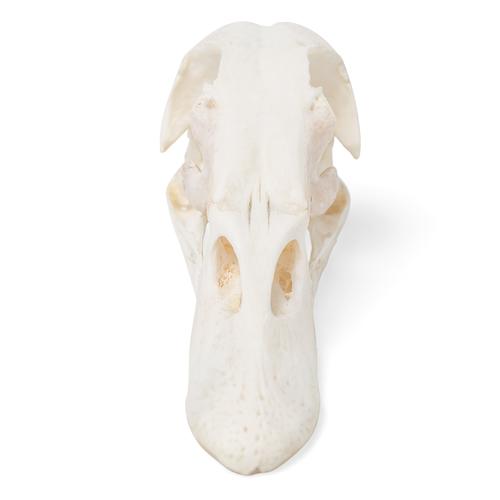Kylie
Defeater of Illogic
- Nov 23, 2013
- 15,069
- 5,309
- Country
- Australia
- Gender
- Female
- Faith
- Atheist
- Marital Status
- Married
well it does work, on a limited platform- the one we can actually scientifically observe, Finch beaks, hair length etc, because there are genetic controls specifically set up to allow a degree of adaptation that is essential in a changing and varied environment. i.e. that's an extremely useful design feature, not a design mechanism.
Okay, a few notes:
You're poisoning the well by calling it "design", thus suggesting a designer.
And are you suggesting that reality is limited? Or are you suggesting that there are non-real things that we can observe?
Just to illustrate the principle:
This software allows us to vary the size, shape and color of text. We can throw random values at these parameters and get mostly viable results- because the options are designed to allow for this variation within a limited viable range.
if you understand why no amount of tweaking these parameters can ever write a new software program, you understand, in principle at least, why no amount of tweaking control genes can ever create a new body plan
and likewise, mutating code at a deeper layer in the hierarchy, will crash the entire system, just as in DNA
Except you are completely ignoring the thing that allows parts of the gene to duplicate. These duplicated parts can then be acted upon by natural selection.
If there was part of the program that was duplicated, it could then evolve a new function. For example, the line of code that controls colour could be duplicated, and then we could have text with two colours, forming a gradient of colour.
Upvote
0



